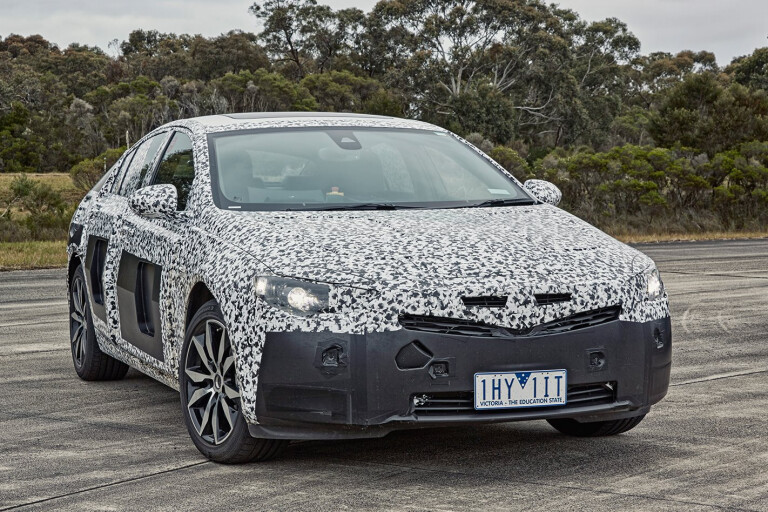
IT’S ALL about four-cylinder engines and a high tech V6 for the 2018 Holden Commodore, the first imported Commodore, which will be a rebadged version of the Opel Insignia.
Holden’s all-new 2018 Commodore will miss out on the V8 engine that has been a cornerstone of the model – and the performance hero – since 1978.
However, Holden says it is confident the three drivelines that will initially be offered when the new car goes on sale in February 2018 will satisfy the majority of buyers.
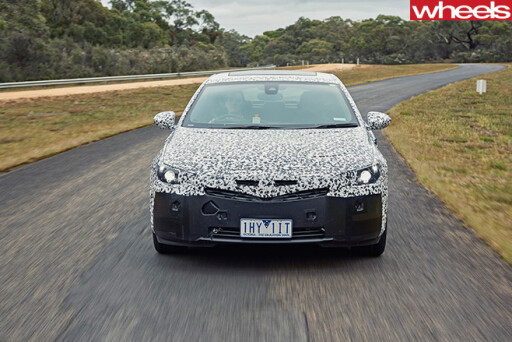 “It’s not a V8, it’s not rear-wheel drive and we’re not hiding from that,” says director of sales Peter Keley. “The focus is going to become increasingly on efficiency and economy and emissions, that will happen in the lifecycle of this vehicle.”
“It’s not a V8, it’s not rear-wheel drive and we’re not hiding from that,” says director of sales Peter Keley. “The focus is going to become increasingly on efficiency and economy and emissions, that will happen in the lifecycle of this vehicle.”
It’s the four-cylinder models that could make up the majority of sales for the bold new Holden Commodore, a car that has so far only publicly been seen covered in cladding and camouflage ahead of its international reveal later this year.
Holden is not giving details on those four-cylinders for now, except to say they will each be 2.0 litres in capacity and each will have a turbocharger.
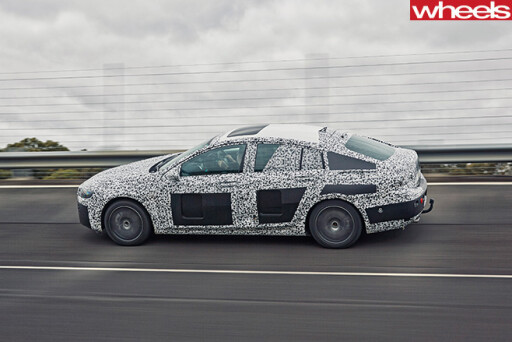 The diesel is likely to be the fuel miser of the lineup, possibly using less than 5.0-litres of fuel per 100km.
The diesel is likely to be the fuel miser of the lineup, possibly using less than 5.0-litres of fuel per 100km.
But it’s the 2.0-litre turbo petrol engine that could hold the most relevance for buyers, especially given the gradual shift away from diesel-powered passenger cars.
That 2.0-litre petrol engine will be fitted to the most affordable Commodore, a car yet to have its model name confirmed. And it will be faster and more powerful than the current V6, according to Holden.
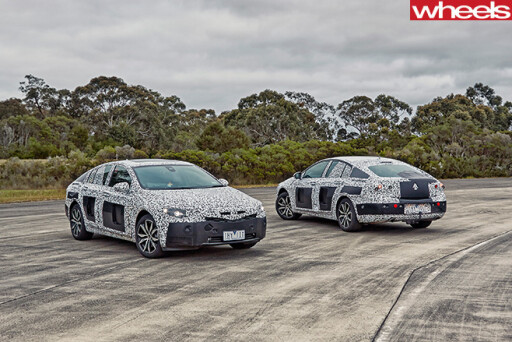 “This is the most powerful base engine we’ve had in a Commodore,” says engineering boss Jeremy Tassone.
“This is the most powerful base engine we’ve had in a Commodore,” says engineering boss Jeremy Tassone.
That means more than 185kW of power – and if we were betting we’d guess it will sneak in below 200kW, partially to allow room for the V6 engine.
But it’s torque where the four-cylinder Commodore engines are likely to shine. Thank the turbochargers for that, something that should endow them with plenty of that effortless urge that large Australian cars have been known for.
And, indeed, the Ford Falcon is a prime example, even if having two fewer cylinders appears to have frightened many buyers away. The slow-selling Falcon EcoBoost lacks nothing in the way of performance compared with the six-cylinder: its 2.0-litre turbo makes 176kW/353Nm versus the 4.0-litre six’s 195kW/391Nm.
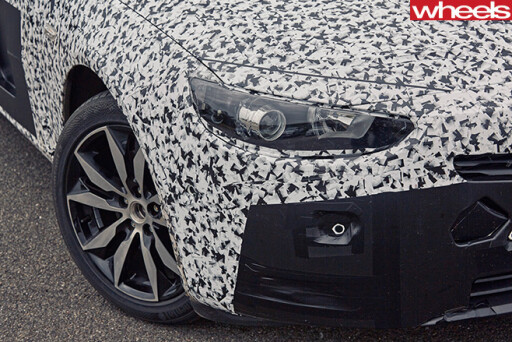 Holden’s director of sales Peter Keley isn’t fazed by the stigma of a four-cylinder engine, despite the thoroughly underwhelming Starfire four-cylinder used in the Commodore some 25 years ago.
Holden’s director of sales Peter Keley isn’t fazed by the stigma of a four-cylinder engine, despite the thoroughly underwhelming Starfire four-cylinder used in the Commodore some 25 years ago.
“It’s about what the car does, not what it is,” says Keley, citing consumer research.
“For the core of our customers the ability to have a V6 and have the all-wheel drive will give them a lot of comfort. Where we will have the opportunity to expand sales will be the fact that we have a great entry level powertrain, which will be the best performing powertrain we’ve had in our entry level cars ever.”
Which brings us to the V6, the performance hero of the Commodore range.
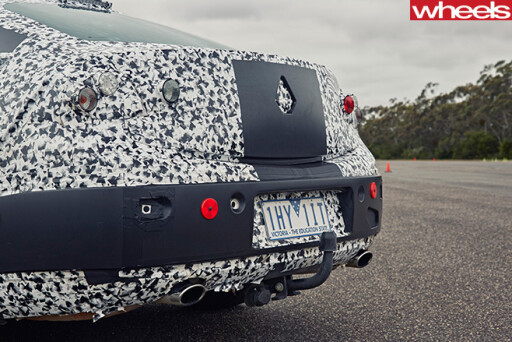 The V6 engine only came about because of Holden. Tassone says Holden was first involved in the conception of the new Commodore from about 2011, and that the V6 engine with an all-wheel drive system was put on the agenda because of Holden’s requirements.
The V6 engine only came about because of Holden. Tassone says Holden was first involved in the conception of the new Commodore from about 2011, and that the V6 engine with an all-wheel drive system was put on the agenda because of Holden’s requirements.
“If it wasn’t for us getting in there early we wouldn’t have been able to have that powertrain in Commodore.”
Holden says the 3.6-litre V6 – a heavy development of the current car’s engine – will produce 230kW and 370Nm, 20kW and 20Nm more than the current Commodore SV6.
The engine revs to about 6800rpm and features a direct injection system for better efficiency.
It also features active fuel management, which can shut down two of the cylinders on light throttle loads to relegate it to a four-cylinder, in turn saving a few drops of fuel.
There’s also stop-start, something again implemented to save fuel.

COMMENTS